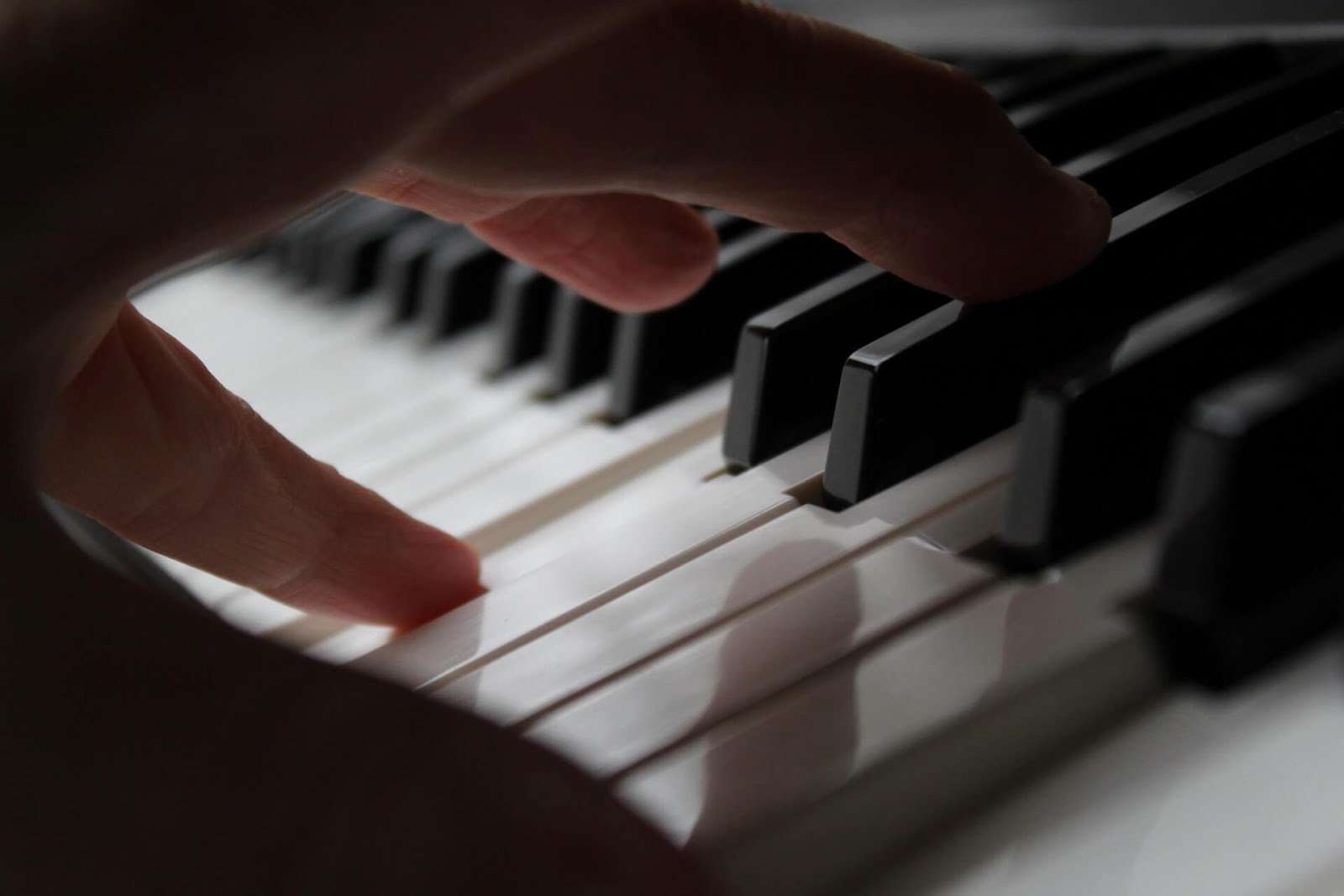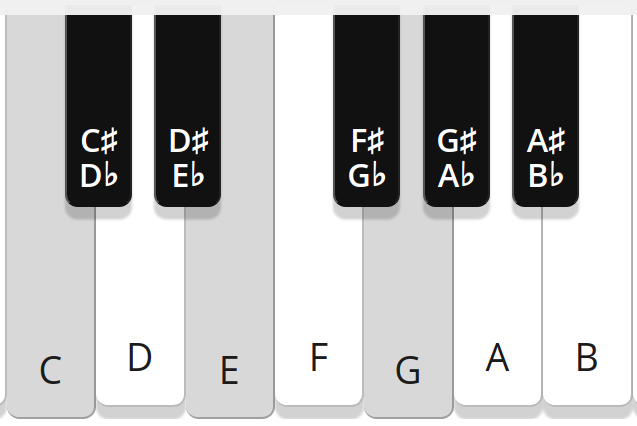How To Play Piano Chords for Beginners
This article comes from Julian, a knowledgeable pianist who will take you through his guide on how to play piano chords! One of the biggest shortcuts for beginner pianists is learning how to play basic piano chords. Much of the contemporary pop-style music that you hear on the radio is easily access

This article comes from Julian, a knowledgeable pianist who will take you through his guide on how to play piano chords!
One of the biggest shortcuts for beginner pianists is learning how to play basic piano chords. Much of the contemporary pop-style music that you hear on the radio is easily accessible as chord charts online. So, soon after learning chords you’ll be ready to play along to some of your favorite songs.
In this article we will learn what a chord is and how to form the most common types. Then we’ll give several simple ways to play them, so you can play confidently.
What is a Chord?
A chord is a set of notes, usually three or more, that are played together at once. To play piano or keyboard chords, you simply press down on a set of keys at the same time. Piano triads are one of the simplest chords, made of three notes. The four main types of triads are major, minor, diminished, and augmented.
That said, chords can be much more complicated. You can have four note chords (called 7th chords), chords of five or more notes, add chords, sus chords, and more. But these are unnecessary to learn at the beginning.
Instead, just focus on major and minor chords and you’ll be able to play hundreds of songs.

Forming a Major Chord
The most common chord type is the major chord. Piano major chords sound “pleasant” or “happy.” If you see a stand-alone capital letter in a chord chart, that indicates a major chord. For example, if you see an “E,” play an E major chord.
The Major Chord Formula:
Just remember two numbers: “four” and “three.” Count four half steps from the first note of the chord to the second note, and three half steps from the second to the third. These notes form a major chord.
For example, consider a C major chord (below); it’s notes are C E and G. There are four half steps from C to E – C♯, D, D♯, and E. Then there are three half steps from E to G – F, F♯, and G.

Hopefully you see the power of this little formula. All you need to remember are the two numbers “four” and “three” and you have access to all 12 piano major chords!
To save you time, here is a list of all the major chords:
- C – C E G
- D♭ – D♭ F A♭
- D – D F♯ A
- E♭ – E♭ G B♭
- E – E G♯ B
- F – F A C
- G♭ – G♭ B♭ D♭
- G – G B D
- A♭ – A♭ C E♭
- A – A C♯ E
- B♭ – B♭ D F
- B – B D♯ F♯
Forming Minor Chords
Piano minor chords have a murkier, sadder sound than major chords. In chord notation, a minor chord is a capital letter followed by a lowercase m. For example, C minor is notated as Cm.
The Minor Chord Formula:
First, create a major chord, then lower the second note of the chord by a half step.
So, the C major chord is spelled C, E, G. To create a C minor chord, lower the 2nd note, E in this case, down to an E♭. So, C minor is C E♭ G.
The minor chords:
- Cm – C E♭ G
- C♯m – C♯ E G♯
- Dm – D F A
- E♭m – E♭ G♭ B♭
- Em – E G B
- Fm – F A♭ C
- F♯m – F♯ A C♯
- Gm – G B♭ D
- G#m – G♯ B D♯
- Am – A C E
- B♭m – B♭ D♭ F
- Bm – B D F♯
How To Arrange Piano Chords (So They Sound Good!)
Now that you can form major and minor chords, what’s next? If you just play the three notes of the chord, that will sound empty and clunky! We need some strategies for arranging the chords so that they sound interesting.
We’ll use the following chord progression (sequence of chords) in the examples below:
D Bm A D
Option 1: Use Root Position Chords
This arrangement style will add energy into your playing.
Start by forming a root position chord in your right hand. What is a root position chord? Well, the root of the chord is the same note as the name of the chord, so C is the root of the C major chord.
So, a root position chord is a chord where the root is the lowest note. All the piano chords in this guide so far have been root position chords. The alternative to a root position chord is an inverted chord where the lowest note is not the root of the chord (more on that later).
Arrangement instructions:
- Play root position chords in your right hand (abbrev. RH).
- In your left hand (abbrev. LH), play only the root of the chord (if you can reach, play the root as an octave).
- Play whole notes in your LH and quarter notes for the chords in your RH (example below). The quarter notes in the RH give the chords drive and energy.

Option 2: Use Broken Chords
This arrangement style will add movement to your playing.
In a broken chord (also called an arpeggio), each note is played one at a time instead of all at the same time.
For example, one way to play a D major broken chord is to play D followed by F♯ followed by A followed by F♯.
In this exercise, continue playing octave root notes in the LH. In your RH, play each note of the chord for the duration of a quarter note (shown below).

Option 3: Use Chord Inversions
This arrangement style will make your playing sound smooth and elegant.
All the piano chords we have worked on so far have been root position chords. The downside of only practicing root position chords is that they limit your playing and can sound clunky. The way around this is to start practicing your chord inversions.
A chord inversion rotates the order of a chord. For example, a root position D chord is D F♯ A. If you rotate the order of the notes and put the D at the top of the chord you end up with F♯ A D. This is a first inversion chord.
You can invert the chord again and put an F♯ on the top to end with A D F♯. This is a second inversion chord.

D major chord inversions
The RH uses inverted chords below. Now the RH doesn’t have to make uncomfortable leaps up and down the keyboard. The overall sound is smoother.

Other Ways to Arrange Chords
There are so many creative possibilities when using keyboard chords. I gave three ways to arrange basic piano chords, but if you want to learn eight more, check out this video by Devon from HDpiano. He offers excellent examples using familiar pop tunes.
Once you’ve mastered these arrangement patterns, you’ll be well on your way to reading through piano chord charts and lead sheets of your favorite tunes.
Conclusion
By learning how to play just the 24 major and minor chords, you can learn to play along with hundreds of familiar pop tunes.
Begin playing piano chords by using simple blocked chords, then venture out into using broken chords to add movement and inversions to add smoothness to the progression. It will be challenging, and will take a lot of practice, but will be well worth the effort!


